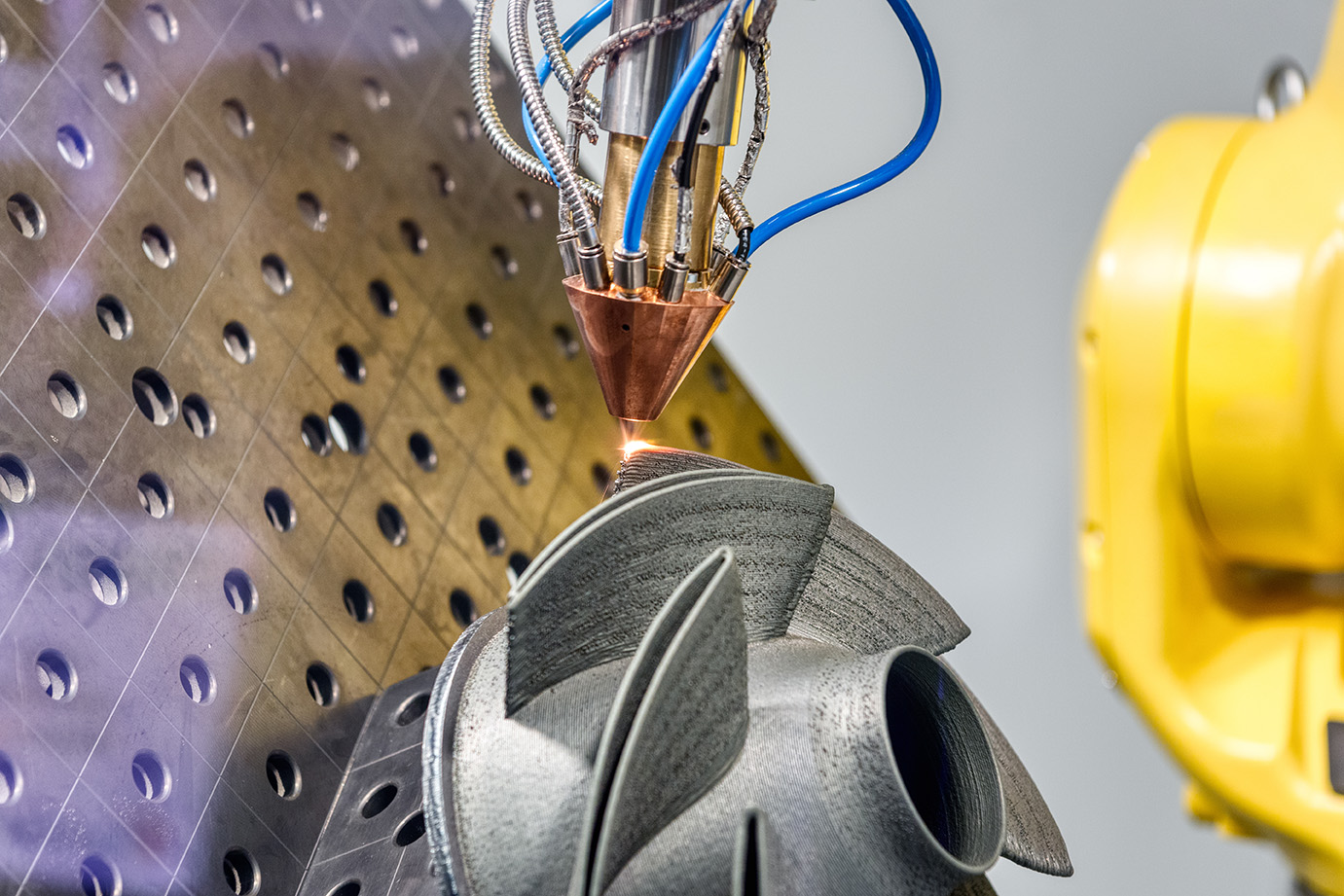Metal additive manufacturing (AM) is increasingly important across a range of industries. Compared to traditional manufacturing, AM is faster and more flexible; it also offers greater design freedom for complex geometries. The technology is poised to cut costs and streamline production environments. First, however, engineers and researchers must overcome common 3D printer limitations and develop additional AM-friendly metal alloys.
Common Printing Limitations
Current 3D printers impose a few critical limitations on metal alloy selection, including:
- Melting point: Metal alloys have higher melting points than other types of print media. Printers can’t always handle the power demands and cooling requirements, especially for challenging copper and tungsten
- Print bed temperature: Printers must be able to maintain the right print bed temperature for each alloy to increase adhesion and prevent deformation.
- Nozzle specifications: The success of metal AM projects depends in part on the specs of the nozzle. Poor heat transfer can cause clogging; nozzle geometry can affect deposition quality. The available designs, diameters, materials, and tolerances of conventional nozzles can limit usable metal alloys.
Printer limitations aren’t the only challenge in adapting current alloys for AM; the development process is expensive. Materials are costly, and alloys must be atomized into powder — a process that requires specialized equipment and expertise. Since metal powders are often toxic, unstable, and highly combustible, proper storage and handling are critical.
Even in light of these obstacles, the benefits of expanded metal AM capabilities are well worth the investment. With further development, the technology has the potential to reduce production costs, streamline prototyping, and expand design possibilities.
Properties to be Aware of When Developing Compatible Alloys
As you develop metal alloys for additive manufacturing, consider a few key properties:
- Thermal conductivity: The thermal conductivity of a metal alloy can impact the behavior of the AM system, particularly around the melt pool. Accurate conductivity measurements enable tight parameter control and higher product quality.
- Ductility: High-temperature AM often results in columnar grain formation, which sabotages uniformity and increases brittleness. New alloys must avoid this pitfall to improve ductility.
- Strength: Defects in 3D-printed metal components, including surface imperfections, porosity, and residual stresses, tend to compromise structural integrity. Alloys with high quality and purity, in combination with optimized process parameters, can reduce defects and increase strength.
- Corrosion resistance: Microstructures formed during metal AM — namely, pores, surface roughness, and molten pool boundaries — may attract localized corrosion. It’s important to understand how corrosion behavior changes based on the alloy’s chemistry, particle properties, and atomization.
- Reflectivity: In laser AM systems, highly reflective metal alloys lose a great deal of energy. These alloys typically require higher-powered lasers to achieve a complete melt.
Researchers are already developing printer-friendly alloys. In 2022, a U.S.-based team created a high-entropy alloy with impressive levels of both strength and ductility. At Texas A&M University, researchers have identified nickel-based alloy chemistries and process parameters that reduce microsegregation and porosity.
Expanding Metal Additive Manufacturing With New Metal Alloys
As the metal AM market grows, so does the need for new metal alloys. A broader selection will help companies capitalize on the versatility, speed, and cost-effectiveness of 3D printing. If your business needs custom metal alloys for unique applications, contact Belmont Metals to schedule a consultation.

